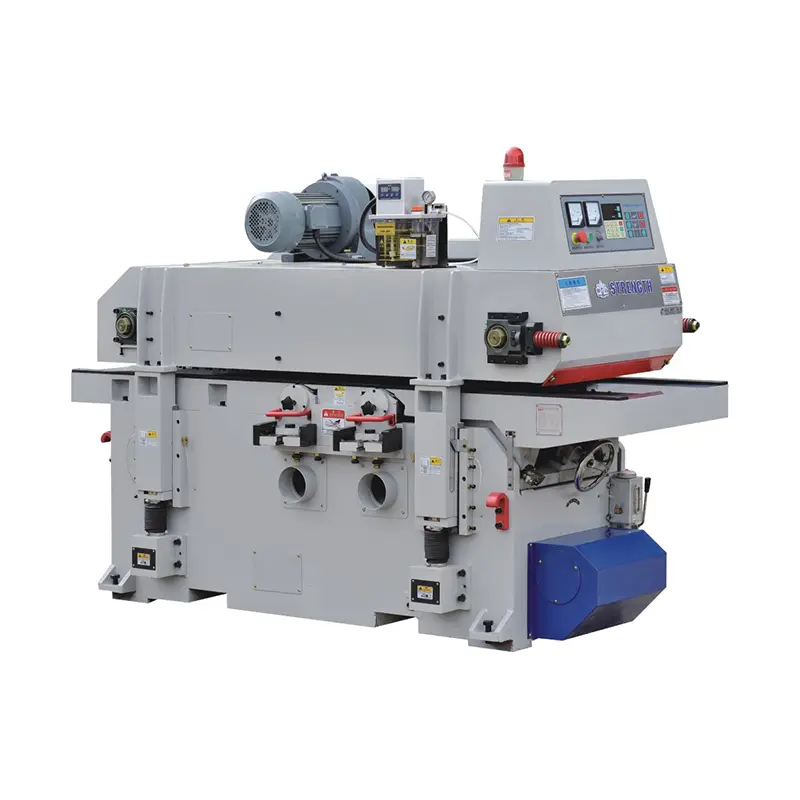Carpentry is a timeless craft that has been practiced for centuries, and one of the essential skills of any woodworker is mastering the art of joining wood. There are a variety of techniques for joining wood, each with its own unique advantages and applications. In this article, we’ll explore five basic wood joining techniques that every woodworker should know.
docking
Butt jointing is one of the simplest and most basic wood joining techniques. It involves joining two pieces of wood by simply butting them together at right angles and securing them with nails, screws or glue. While a butt joint is easy to create, it is not the strongest wood joint and is best suited for lightweight projects or temporary structures.
Dovetail joint
The dovetail joint is a classic woodworking joint known for its strength and decorative appeal. This joint is formed from interlocking trapezoidal pins and tails that are cut into the ends of the wood pieces. The unique shape of the dovetail joint provides a strong mechanical connection that resists pulling forces, making it ideal for joining drawers, cabinets, and other furniture.
Mortise and tenon connection
The mortise and tenon joint is a traditional carpentry joint that has been used for centuries in furniture and timber frame construction. This joint consists of a protruding tenon in one piece of wood that fits into a corresponding hole or mortise in another piece of wood. Mortise and tenon joints are prized for their strength, durability and resistance to twisting, making them a popular choice for joining table legs, chair frames and door frames.
dado joint
A wainscot joint is a versatile wood joining technique that involves cutting a groove or wainscot in one piece of wood to receive the edge of another. This type of joint is commonly used in cabinets and shelving to create a strong and stable connection between horizontal and vertical components. Siding joints provide a large bonding surface, resulting in a strong and reliable joint that can withstand heavy loads.
Biscuit shop
Biscuit jointing is a modern wood joining technique that utilizes small football-shaped wood biscuits to align and strengthen the connection between two pieces of wood. Biscuit jointers are used to cut matching grooves in mating surfaces and glue biscuits into them. This technique is popular when joining tabletops, panels, and other large surfaces because it provides a simple and effective way to achieve precise alignment and add strength.
Mastering these five wood joining techniques is crucial for any woodworker who wants to create strong, durable, and visually appealing wood joints. By understanding the benefits and applications of each technique, woodworkers can choose the most appropriate joint based on their specific project requirements.
In short, wood joining technology is a basic skill that every woodworker should master. Whether it’s the simplicity of a butt joint, the strength of a dovetail joint, the versatility of a dado joint, or the precision of a biscuit joint, each technology has its own unique advantages and applications. By mastering these basic wood joining techniques, woodworkers can improve the quality and craftsmanship of their woodworking projects.
Post time: Aug-05-2024

